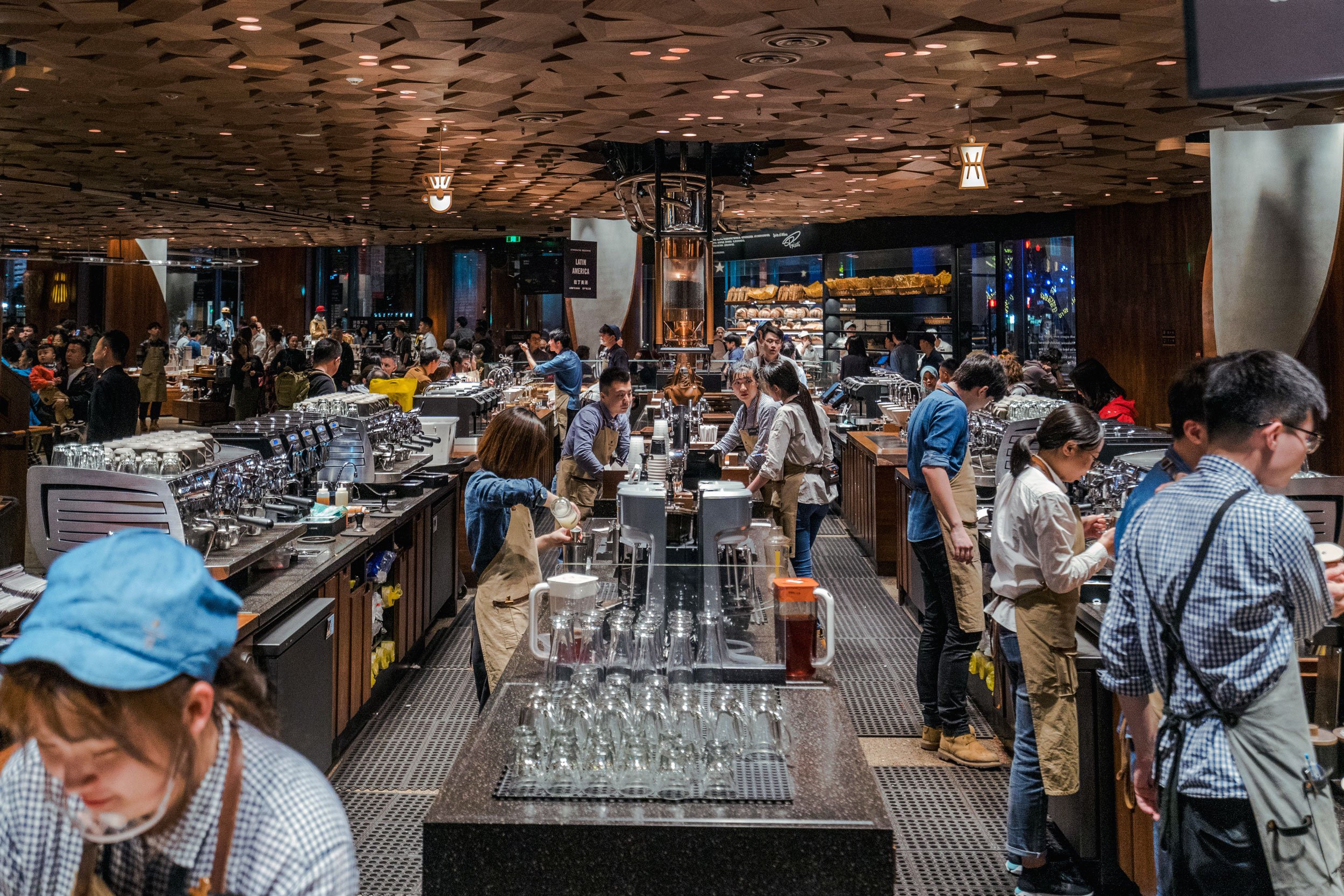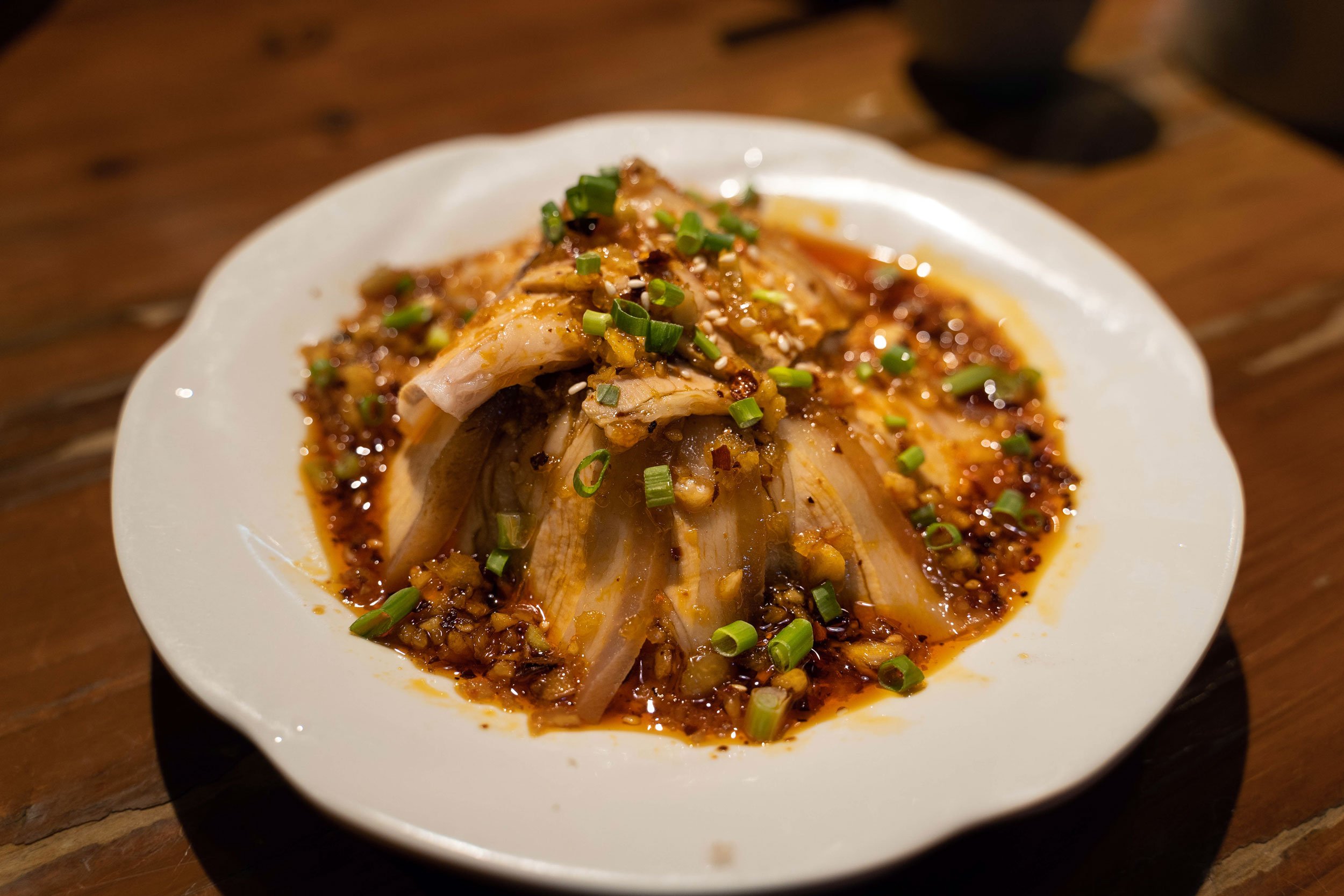Shanghai, China
Shanghai is China’s most populated urban area with 26.3 million in its municipal area (2019)
The name Shanghai means “Above the Sea” and the area has history dating back to 4000 BC
Shanghai’s population has nearly doubled since 2000 and it also has the world’s largest metro system
Shanghai has been one of the cities at the forefront of China’s rise, and I wanted to see it for myself.
I had visited Shanghai on a previous trip in 2010 to see the World Expo, but I didn’t have time to explore the city at all. On this trip, I had 3 full days to explore it as much as possible.
China though, as you probably know, is pretty different and there are some things to keep in mind if you’re planning a first visit.
Things to keep in mind
The internet that you know and rely on doesn’t exist - get a VPN to access any Google or Facebook related site amongst many others you don’t realize you need. We used Baidu Maps [CN] and Alibaba’s AutoNavi Maps [CN].
There’s not much English. Most staff can’t speak English so be prepared to have communication difficulties.
Mobile payments via WeChat or Alipay are the norm. Because a Chinese bank account is required, tourists can usually pay with cash or Union Pay credit card, but those transactions are seen as a hassle.
Where we stayed
Preferring English-capabale staff, we decided to stay at an international hotel. The Andaz Xintandi by Hyatt was nice, cheaper than what you’d pay for this type of hotel anywhere else, and it put us in a really nice area conveniently located between 2 subway lines - Line 1 & 10.
https://www.hyatt.com/en-US/hotel/china/andaz-xintiandi-shanghai/shaaz
Because we flew into Shanghai from Beijing on a domestic flight, we landed at Shanghai Honqiao Airport (SHA) instead of Pudong (PVG), which is more common for international flights. The easiest way to and from the hotel is by subway for both airports.
For Pudong, Longyan Road Station [MAP] is the transfer point to go to and from the airport on the super speedy MagLev. I recommend getting an SPTC metro card, a prepaid, refillable card for subways, MagLev, buses and more.
Xintandi
Quite a great neighborhood to stay in. Xintandi is a bit upscale - the name itself translates to “New world/Heaven.”
The streets were clean and lined with modern lit shops with malls, with recognizable names like Harry Winston, Tiffany & Co., BO Concept and more in the area. There are a few higher-end apartment complexes here, including one that is literally called “Rich Gate.”
The highlight is Shanghai New World, an upscale-feeling outdoor mall area full of shops and outdoor bars and eateries.
With Xintandi as our base, here’s what we did on our full days in Shanghai.
Day 1
Nanjing Road Pedestrian Street
A major shopping area, the Nanjing Road Pedestrian Street is a wide road lined with malls and shops.
We visited here after eating soup dumplings at Jia Jia Tang Bao (info at bottom), just a short 15-minute walk east.
It was a Chinese holiday when we went, so I’m not sure how it compares to typical crowds, but the streets were packed to the point that Chinese military personnel had to direct traffic.
On a calmer day, it’s a good street to walk down if you’re heading to The Bund area.
Tianzifang
Built from renovated alleyways, Tianzifang is an outdoor mall area good for souvenir shopping, snacking on some light eats and grabbing a drink at divey bars.
It’s definitely geared to tourists, but it’s a neat environment to be in.
Starbucks Reserve Roastery





Formerly the largest Starbucks in the world before handing over the title to Tokyo’s, Starbucks Reserve Roastery Shanghai is huge. I knew if I was going all the way to Shanghai, I’d have to see it for myself.
Starbucks Reserve Roastery Shanghai is located just outside of the Nanjing West Road station in a nicer neighborhood. The location is a little off on Google Maps, so here’s the correct location: MAP
It’s a 2-floor, open-space that features everything from exclusive coffees to chocolates, teas at their TEAVANA area, a deli, patissier and coffee-included drinks at their bar, not to mention a huge array of tempting goods to choose from.
If there wasn’t so many foods to eat while on vacation, I could spend a full evening here.
Day 2
Shanghai Disneyland
Most tourists visiting Shanghai will want to check out Shanghai Disneyland. At 963 acres, the park is one of Disney’s largest.
1-day tickets were about ¥575 CNY (about $82 USD), and we got them online at the Shanghai Disneyland website. We were able to get it by showing the tickets on the phone.
The most popular rides at the time we went were Soaring Over the Horizon (hang gliding experience) and TRON Lightcycle Power Run (rollercoaster). The food wasn’t good, so try to sneak something in if you can!
Day 3
Suzhou
On the second full day staying in Shanghai, we caught the train and visited nearby Suzhou.
It’s amazing to say the lest, and a must for anyone who can fit it into their itinerary. Known for its gardens and canals, it’s been called the “Venice of the East” and the name is fitting.
This was definitely one of the highlights for me during my stay here and I wish I had more time.
Day 4
Soho Fuxing Square
The SOHO named buildings in China seem to be fantastic for anyone into modern design. After visiting Beijing’s Galaxy SOHO designed by Zaha Hadid and learning that this one was right down the street from our hotel in Xintiandi, I knew I had to check it out for myself.
SOHO Fuxing Square is a multi-use complex with shops, eateries and offices. After eating dim sum for lunch, we went to the building’s elevator hall where anyone looking for a cool photo can have some fun being transported to the future.
Yu Garden
Also known as Yuyuan Garden, the Yu Garden is one of the most popular and heavily visited cultural spots in Shanghai.
A short walk east from Yuyuan Garden subway station (metro line 10), the area is filled with breathtaking architecture, shops, as well as the 5-acre garden itself.
It was a bit crowded when we went, contrasting creator Pan Yuandan’s intentions of it being a peaceful garden for his father in his old age, but it was worth visiting. Not only is there a lot to see, we were able to be fully immersed in 1559 Ming Dynasty Shanghai.
The Bund
Our final stop was of course The Bund. No trip to Shanghai is complete without seeing its rapidly growing skyline, representative of how fast the city as a whole has been developing.
Shanghai’s skyline (pictured at the top of this page) is nothing short of amazing - its waterfront neon skyscrapers puts it right up there with Hong Kong’s.
The modern glow is contrasted with the French Concession buildings across on the westside of the Huangpu River (where we enjoyed the view from) providing a 360-degree breathtaking view.
Shanghai, as I thought, is a massive city on the modernization fast path, a bustling business hub, tourist hotspot and one of the key cities directing the direction of the world.
The most impressive thing wasn’t the modernization, it was the speed and scale that it’s happening.
Shanghai showed me that China isn’t coming, it’s already here.
Jia Jia Tang Bao






Arguably the most famous xiaolongbao restaurant in Shanghai and rightfully so. I first came across Jia Jia Tang Bao while watching Eat the World with Emeril Lagasse, so we made it our first lunch.
The soup dumplings are delicious - thin wraps and rich broth on the inside. We got two trays for two people and it was a good amount, costing only ¥138 CNY (about $20 USD). There was a wait - about 30 minutes at peak lunch time, but it’s worth it. Would love to go back for more.
zhUwUchuAncài







So delicious we had to go twice! This place (竹屋川菜) , which translates to “Bamboo House Sichuan Cuisine”, is great for anyone who likes Sichuan or spicier Chinese foods.
Everything we had was packed with flavor and the crowd was mainly locals - a good sign.
It’s conveniently located across the street from Andaz Xintiandi Shanghai, and prices are hard to beat. We were getting 3 dishes and beer - enough to get full for dinner - for $20-40 USD.
(Up the stairs above the convenience store) MAP
Alibaba Map
Henan La Mianguan




Sometimes it’s the hole-in-the-wall spots that are the best. This was one of those cases.
Henan la mianguan (河南拉面馆 (淡水路), which seems to roughly translate to Henan ramen museum, featured a variety of bowls with homemade noodles in a beef broth, topped with slices of beef and cilantro. This soup really hit the spot.
While everything was in Chinese, both locals and tourists alike were eating while we were there. The cost for a bowl was only about $3 USD.
Dahuchun



Fast food fried dumplings, good enough for Apple CEO Tim Cook to visit apparently, according to photos on the wall. Dahuchun was our first meal in Shanghai, a place that features something like deep fried xiaolongbao.
The wraps are bready, crispy and thick, and insides a refilled with juicy ground meats. The soup is simple with a taste that somewhat resembles curry.
The ordering area in the front was busy and tables were full, but because it’s somewhat of a fast food experience, we had no trouble getting a seat.







![Having fun shooting in the futuristic elevator hallway at the SOHO Fuxing Square [INSTAGRAM]](https://images.squarespace-cdn.com/content/v1/63f8b23b0626755198127ae3/1677504040149-TLT8RUPSVPGUXGNW4PPE/shanghai-67-soho-03-barrett-02B.jpg)








Maybe the most photogenic city in the world, Hong Kong is also a favorite of mine.